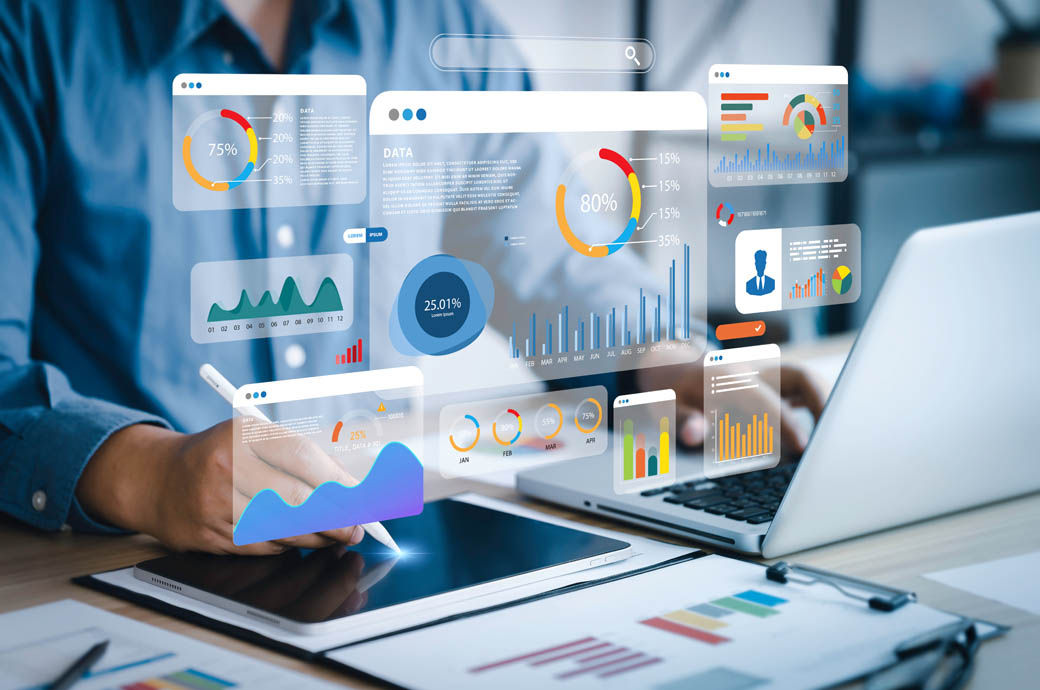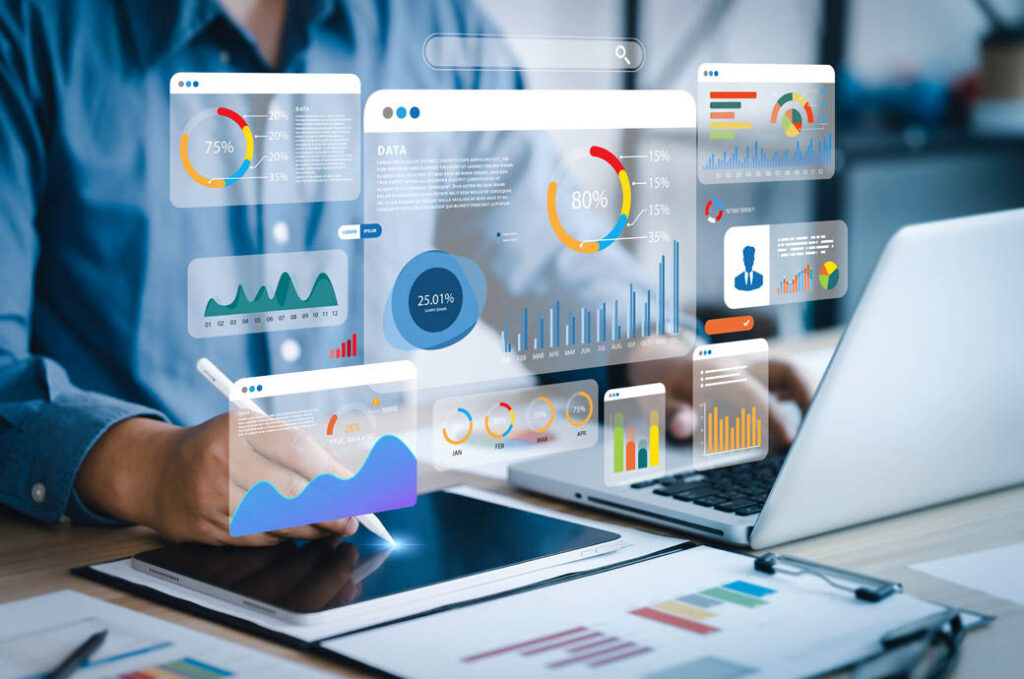
In the short run, the highest growth is likely to come from the growth of digital intermediaries and platforms, followed by higher digital diffusion and digitalisation of the rest of the economy. In 2022-23, the digital economy accounted for 14.67 million workers, or 2.55 per cent of India’s estimated work force.
India’s digital economy is projected to grow nearly twice as fast as the overall economy, contributing to 20 per cent of the national income by 2030, according to a report by MeitY.
The digital economy currently employs 2.55 per cent of the workforce.
The report provides valuable insights for policymakers and businesses to drive strategic decisions, innovation, and competitiveness.
The estimates, in the report, are conservative due to unavailability of data on smaller digital platforms, digitalisation of the informal sector and digitalisation of other traditional sectors such as health and logistics which are not included under new digital businesses.
The cross-cutting and integrated nature of digital technologies makes the concept of a distinct digital economy difficult to define and measure. Moreover, the conventional system of national accounts does not lend itself directly to the measurement of the new economy. The problem is not unique to India. Few countries have attempted to size up their digital economy and even these efforts are works in progress.
The digital-enabling industry, which includes sectors such as information and communication related services, telecommunication (traditionally referred to as the ICT sector), and manufacturing of electronic components, computers, and communication equipment, is the highest contributor, accounting for 7.83 per cent of GVA. The new digital industries, which include big tech players, other digital platforms and intermediaries, and firms dependent on digital intermediaries, account for nearly 2 per cent of GVA. The digital contribution of three traditional industries (BFSI, trade, and education), which are not part of the OECD framework but are included in our estimates, amounts to 2 per cent of national GVA, rivalling in importance to the new digital industries. This is a clear indication that India’s digital economy is steadily moving beyond the realm of the ICT industries, diffusing across all parts of the economy through digital platforms and the digitalisation of brick-and-mortar sectors.
With the estimates produced in this report, India will be among a handful of countries, and the first among developing countries, to have used the Organisation for Economic Cooperation and Development (OECD) framework to produce the most up-to-date estimate for the size of its digital economy. The report also provides alternate estimates using the input-output approach advocated by the Asian Development Bank (ADB). The report goes beyond the OECD approach to also include the digital share of traditional industries like trade, banking, financial services, and insurance (BFSI) and education.
This report is an attempt to compile the first set of credible, comprehensible, and current estimates of India’s digital economy based on an internationally accepted framework. The insights from this report are invaluable for policymakers, businesses, and other stakeholders. Accurate data on the digital economy will allow for more effective policy decisions, enabling targeted interventions and investments to support digital growth. For businesses, understanding the contribution of digital technologies to their sectors can help inform strategic decisions, drive innovation, and increase competitiveness in a globalised market.
Fibre2Fashion News Desk (RR)

